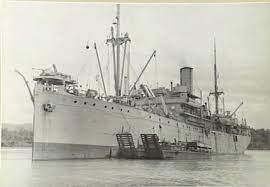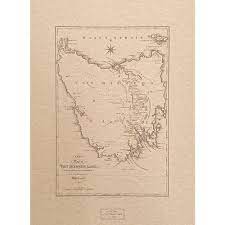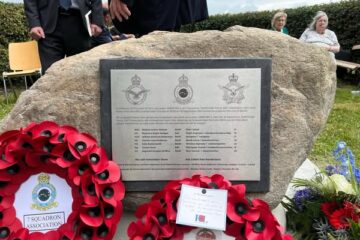
Derk Johannes Kippers was born in The Hague, Netherlands, 9th November, 1909.Graduated with First Class Wireless Operators Licence, about 1928.
Partly because of the Great Depression, he did not enter the Dutch Merchant Navy until a few years later.
The Merchant Navy ships he served on sailed the Atlantic, Pacific and Indian Oceans. He served on the “Oranje Nassau” (1936), “Siantar” (1936-1939), “Saparoea” (1939) and “Tarakan” (1940), plus others.
The Dutch Merchant Navy on which he was aboard when it was in the Netherlands East Indies, was redirected to Sydney and was put at the disposal of the Australian Navy.
The SS “Swartenhondt” arrived in Bowen, North Queensland, on 20th December, 1943, and later served as a troop carrier between Sydney & Papua New Guinea for the remainder of World War II in the Pacific.
He married a member of the Australian Womens Land Army (Colleen Wyatt) on 2nd January, 1945 in Sydney.
They sailed to the Netherlands during 1946, and returned to Australia in 1949. He was in the Dutch Merchant Navy on the “Blijdendijk” in 1948.
He worked for HMV (His Master’s Voice) in Sydney before joining the Overseas Telecommunication Commission (OTC) where he worked until his retirement in about 1971.
While he worked for the OTC as a shore-to-ship wireless operator, he was stationed at Sydney (1951-1952), Darwin (1952-1958), Brisbane/Caboolture (1958-1970), and then back in Sydney (1971).
Derk & Colleen had one son, Vaughan, born in Sydney in 1951.
Derk died in a car crash near Timaru, South Island of New Zealand, on 26th March, 1976, and his ashes are in the Crematorium at Cattle Valley, South Canterbury.
For more information see: Dutch merchant fleet delivered major contribution to the war in the Pacific.
From Jack Ford’s History article:
“The Swartenhondt delivered the first RAAF personnel to use the completed Milne Bay airfield” p 85
“Almost without exception the ‘Lilliput’ merchantmen were Dutch. They were …. Swartenhondt …” p 86
“The Holland-Australia Line vessel Saparoa was involved in an incident that did nothing for Dutch/French relations. Saparoa, a freighter with limited accommodation, was asked to give passage to two French soldiers. The captain refused, claiming that only officers could be given ship’s accommodation. Saparoa left Fremantle for Mombasa on 18 June 1944 without the soldiers and the French sought compensation from the Dutch for the cost of flying their troops to Fremantle to catch Saparoa“ p 92
“Swartenhondt brought the Australian 36th Battalion to Cape Hoskins, New Britain on 8 October, but this voyage was not a success for Dutch/Australian relations. The soldiers complained bitterly that the ship’s cramped and filthy accommodation had forced them to undertake a major clean-up of the vessel. The Australian authorities at Finschhafen had given the captain of Swartenhondt charts to take the ship only as far as Talasea as it was thought too dangerous to send an unescorted ship to Cape Hoskins. Swartenhondt nearly struck a reef and her captain had to be talked into using army maps to continue to Cape Hoskins“ p 93
As the result of reading Jack Ford’s history, I have edited one of my dot points, which should now read
- The SS “Swartenhondt” arrived in Bowen, North Queensland, on 20th December, 1943, while serving as a troop carrier between Sydney & New Guinea during World War II in the Pacific.


Information provided by Vaughan Kippers


